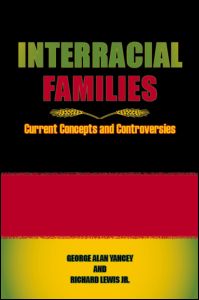The Sociological Review
Volume 56, Issue 1, February 2008
pages 39–60
DOI: 10.1111/j.1467-954X.2008.00776.x
Rosalind Edwards, Professor in Social Policy
Families & Social Capital Research Group
London South Bank University
Chamion Caballero, Senior Research Fellow
Families & Social Capital Research Group
London South Bank University
This article is concerned with how and why parent couples from different racial, ethnic and faith backgrounds choose their children’s personal names? The limited literature on the topic of names often focuses on outcomes, using birth name registration data sets, rather than process. In particular, we consider the extent to which the personal names that ‘mixed’ couples give their children represent an individualised taste, or reflect a form of collective affiliation to family, race, ethnicity or faith. We place this discussion in the context of debates about the racial and faith affiliation of ‘mixed’ people, positing various forms of ‘pro’ or ‘post’ collective identity. We draw on in-depth interview data to show that, in the case of ‘mixed’ couple parents, while most wanted names for their children that they liked, they also wanted names that symbolised their children’s heritages. This could involve parents in complicated practices concerning who was involved in naming the children and what those names were. We conclude that, for a full understanding of naming practices and the extent to which these are individualised or affiliative it is important to address process, and that the processes we have identified for ‘mixed’ parents reveal the persistence of collective identity associated with race, ethnicity and faith alongside elements of individualised taste and transcendence, as well as some gendered features.
Read or purchase the article here.

